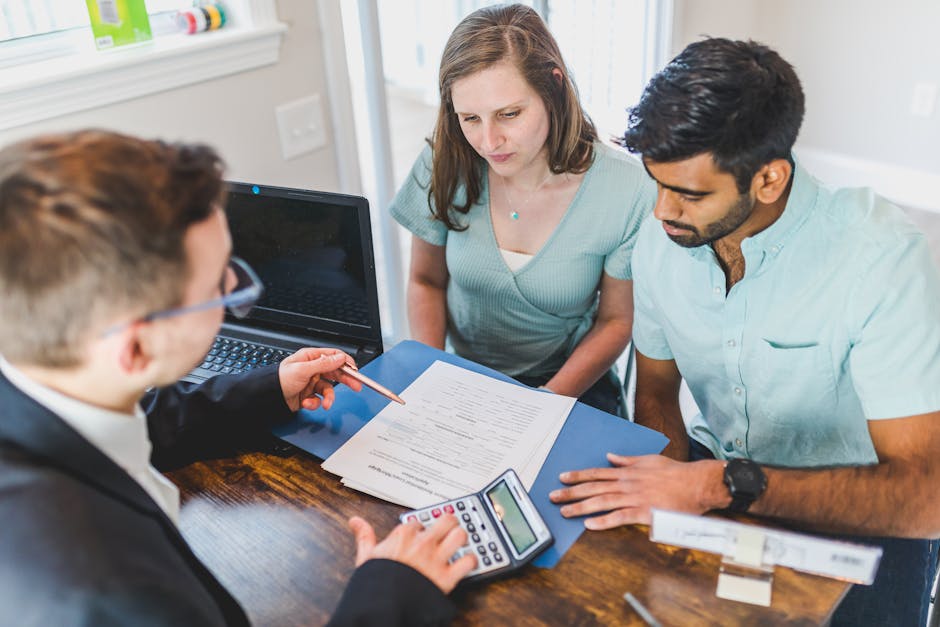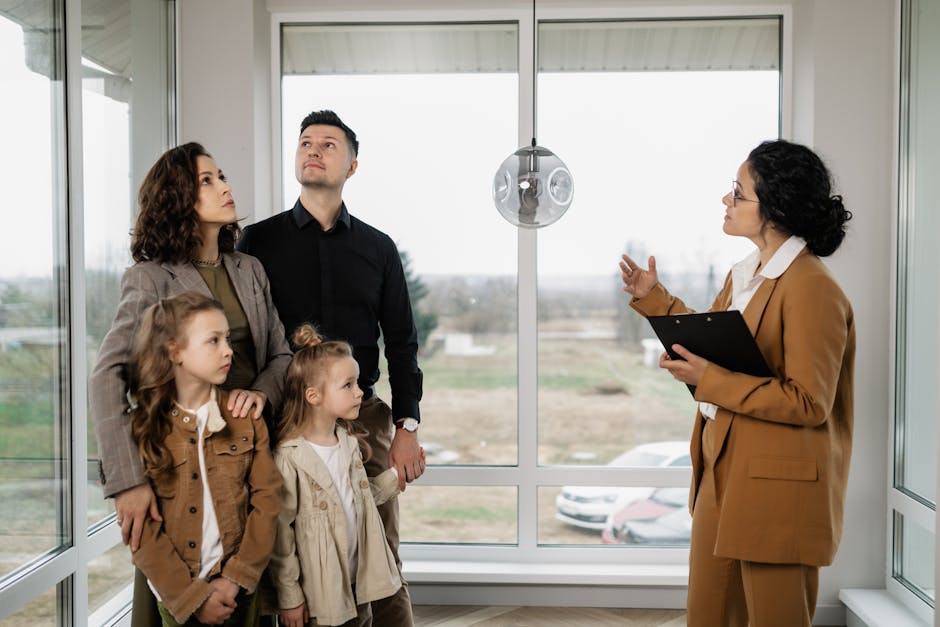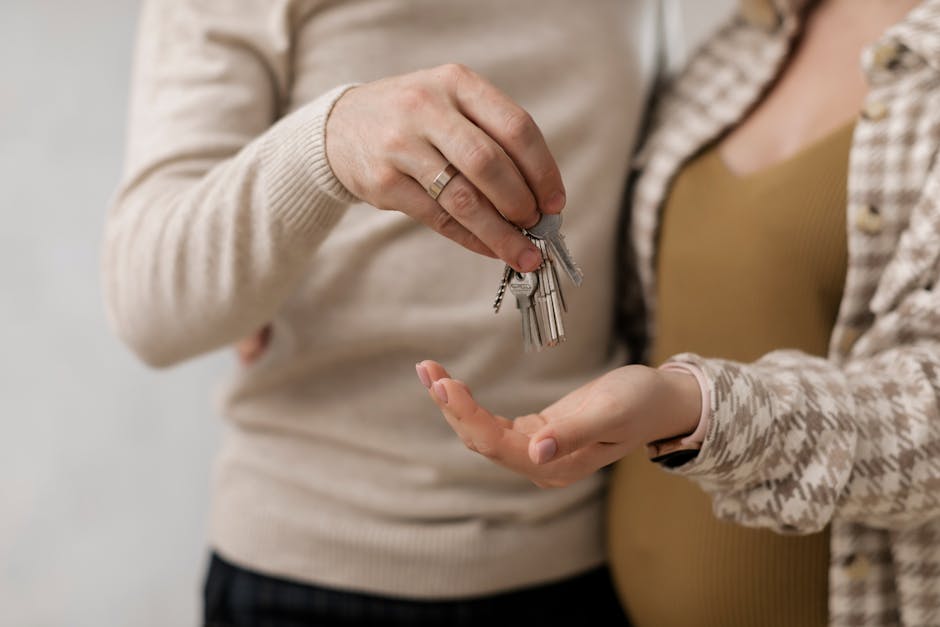Essential Steps to Buying a House You Need to Know.
Financial Preparedness
Financial readiness is crucial when buying a house. Start by checking your credit score. A score above 620 opens doors to conventional mortgages, with higher scores offering better interest rates.
Keep your debt-to-income ratio below 43%. This helps determine how much you can borrow comfortably. Use the 28/36 rule for budgeting:
- Keep mortgage costs under 28% of your monthly income
- Keep total debts within 36%
For down payments, conventional wisdom suggests 20%, but options like FHA loans allow as little as 3.5% down. VA and USDA loans may offer zero down payment for those who qualify.
Don’t forget closing costs, typically 3-6% of the loan amount. Sometimes sellers contribute, or costs can be rolled into the loan.
With a strong credit score, smart debt management, and a solid budget, you’re well-prepared for homeownership.
Choosing the Right Mortgage
Selecting a mortgage is a crucial step in buying a house. Let’s examine the main types:
- Conventional loans: Offer competitive interest rates for those with strong credit. They typically require a 20% down payment to avoid private mortgage insurance, but some allow as little as 3% down.
- FHA loans: Suitable for first-time buyers or those with lower credit scores. They require as little as 3.5% down but include mandatory insurance premiums.
- VA loans: Available to veterans and active-duty service members, often require no down payment and have competitive rates without private mortgage insurance.
- USDA loans: Cater to low-to-moderate income buyers in rural areas, offering zero down payment options.
Compare loan terms, rates, and down payment requirements to find the mortgage that best suits your financial situation and homeownership goals.
The Home Search
With finances in order and preapproval secured, it’s time to start house hunting. A trusted real estate agent can be invaluable in navigating listings and negotiations.
Create a wish list based on your needs and wants. Consider:
- Location
- Size
- Condition
- Proximity to schools, work, and amenities
Balance your current needs with potential future requirements when considering size.
Assess what you’re willing to tackle in terms of home condition. A fixer-upper might offer lower upfront costs but require more work, while a move-in ready home may be more expensive initially but save time and effort.
Remember, flexibility is key. Your perfect home may require some compromise between your ideal features and practical considerations.
Finalizing the Purchase
Once you’ve found your desired home, work with your agent to make a competitive offer within your budget. Be prepared for negotiations on price, contingencies, or repairs.
After an offer is accepted:
- Schedule a home inspection. This thorough examination can reveal potential issues and may provide grounds for further negotiation if significant problems are found.
- Secure homeowners insurance, which is typically required by mortgage lenders. Shop around for the best rates and coverage.
- Review your closing disclosure carefully, which details all costs due at closing. Prepare your funds for the down payment and closing costs as specified by your lender.
On closing day, you’ll sign the necessary documents and receive the keys to your new home. This marks the end of the home-buying process and the beginning of your journey as a homeowner.
With careful planning and a clear understanding of your financial situation, you’re well-equipped to make informed decisions throughout the buying a house process. This path leads to not just acquiring a house, but building a foundation for your future.


